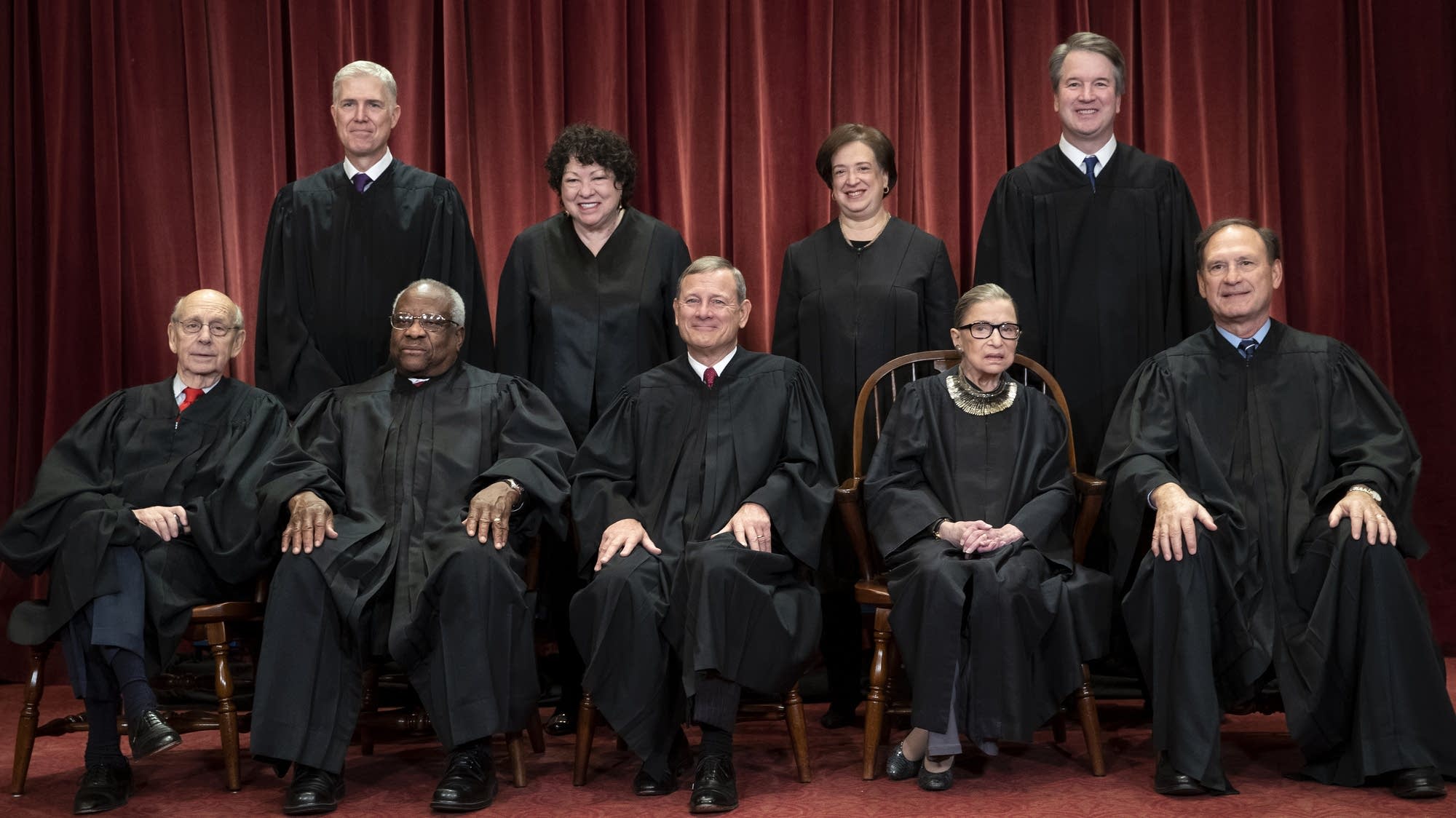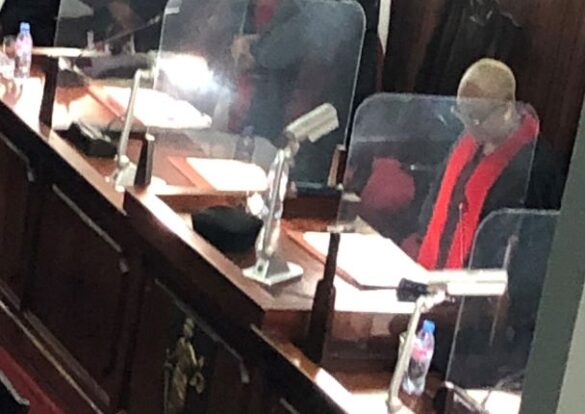


Supreme Court rulings tend to be illustrated in news reports by photos of the marble-columned exterior or by nondescript head shots of individual justices in black robes.

The Republican majority has vowed not to act on any nominee put forward by Obama, whose presidency ends in January. Obama’s nomination of federal appeals court judge Merrick Garland to succeed Scalia has stalled in the U.S. In some instances, they returned disputes to lower courts for more proceedings, in effect deciding not to decide - or at least not to decide much - while shorthanded. Ideologically divided between four conservatives and four liberals, the justices began opting for narrow decisions that minimized differences. A nine-member court suddenly became an eight-member bench. That is how it has been for the 2015-16 term, marked by the death of Justice Antonin Scalia. Laboring in a white marble building insulated from the sounds of any protesters outside, the Supreme Court clings to its own steady rhythms regardless of the politics of the day and changes in its own ranks. The session is set to close by the end of June, with rulings still awaited on abortion rights, race-based university admissions and President Barack Obama’s immigration plan. These are some of the moments captured by Reuters since it began last October to chronicle a single nine-month term of America’s highest court. And Chief Justice John Roberts savored a bowl of soup while lunching with his clerks in a book-lined study. Justice Stephen Breyer searched his shelves of antique books for just the right volume to make a point. Justice Ruth Bader Ginsburg sorted through the cabinet of lacy collars she wears over her black robe for the one she dons when about to announce a majority opinion.


 0 kommentar(er)
0 kommentar(er)
